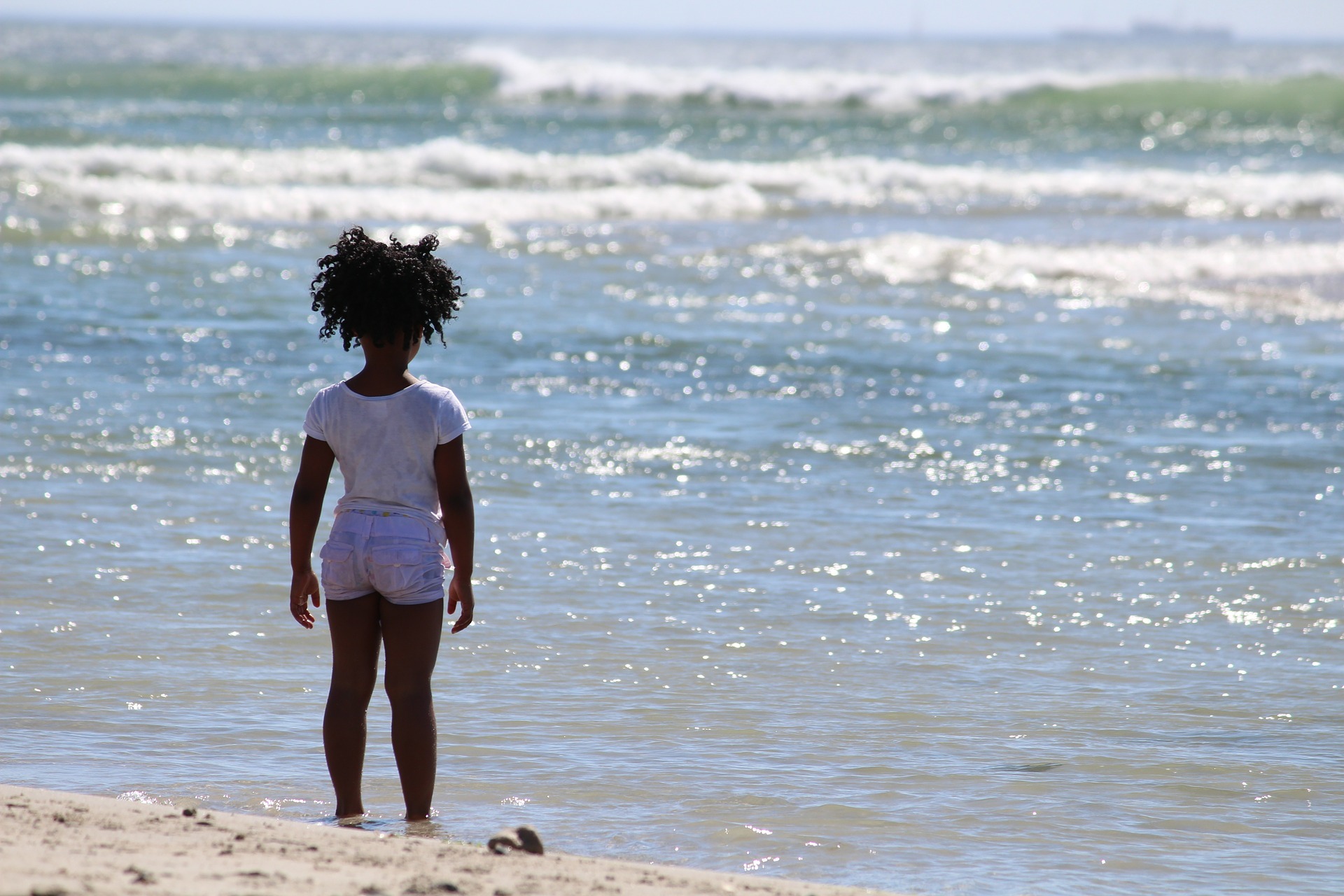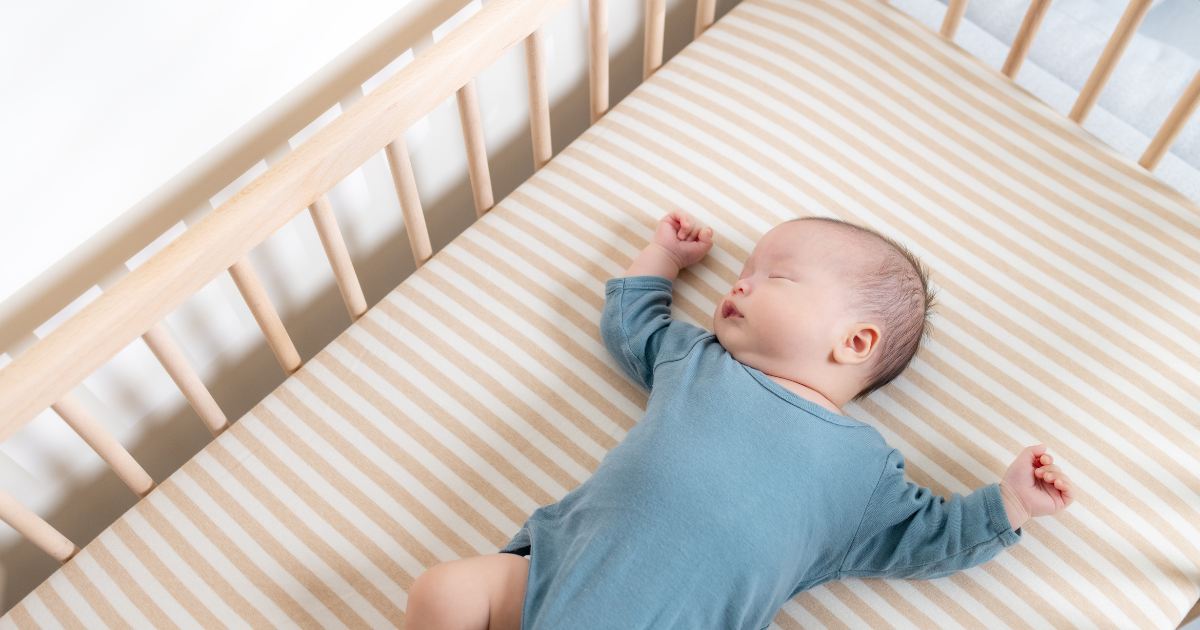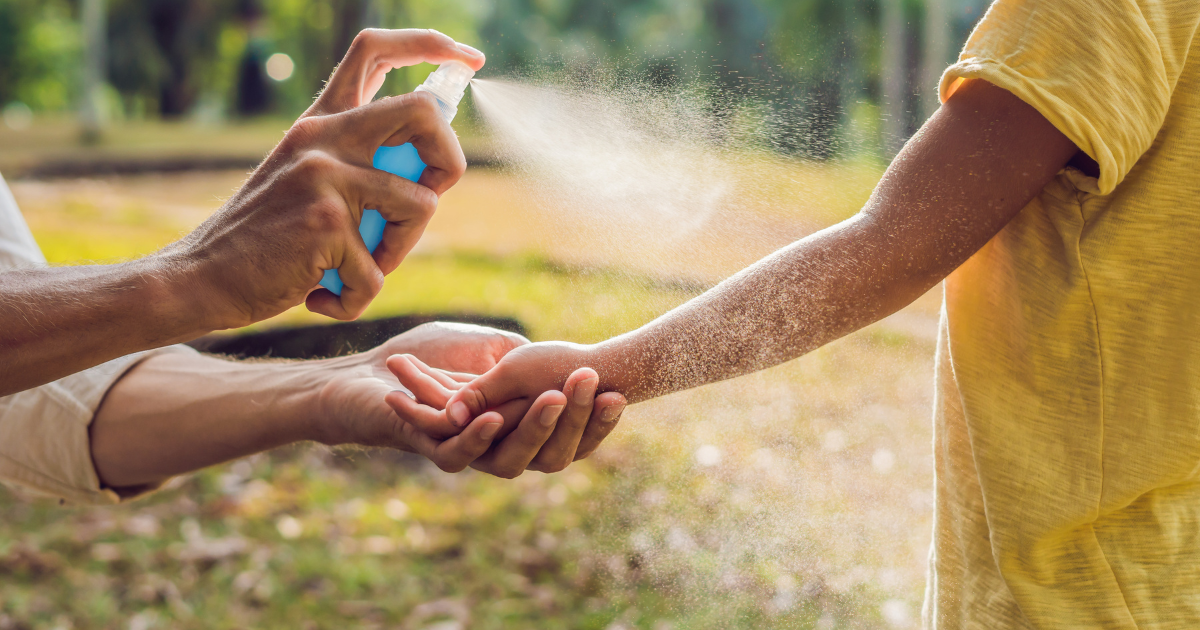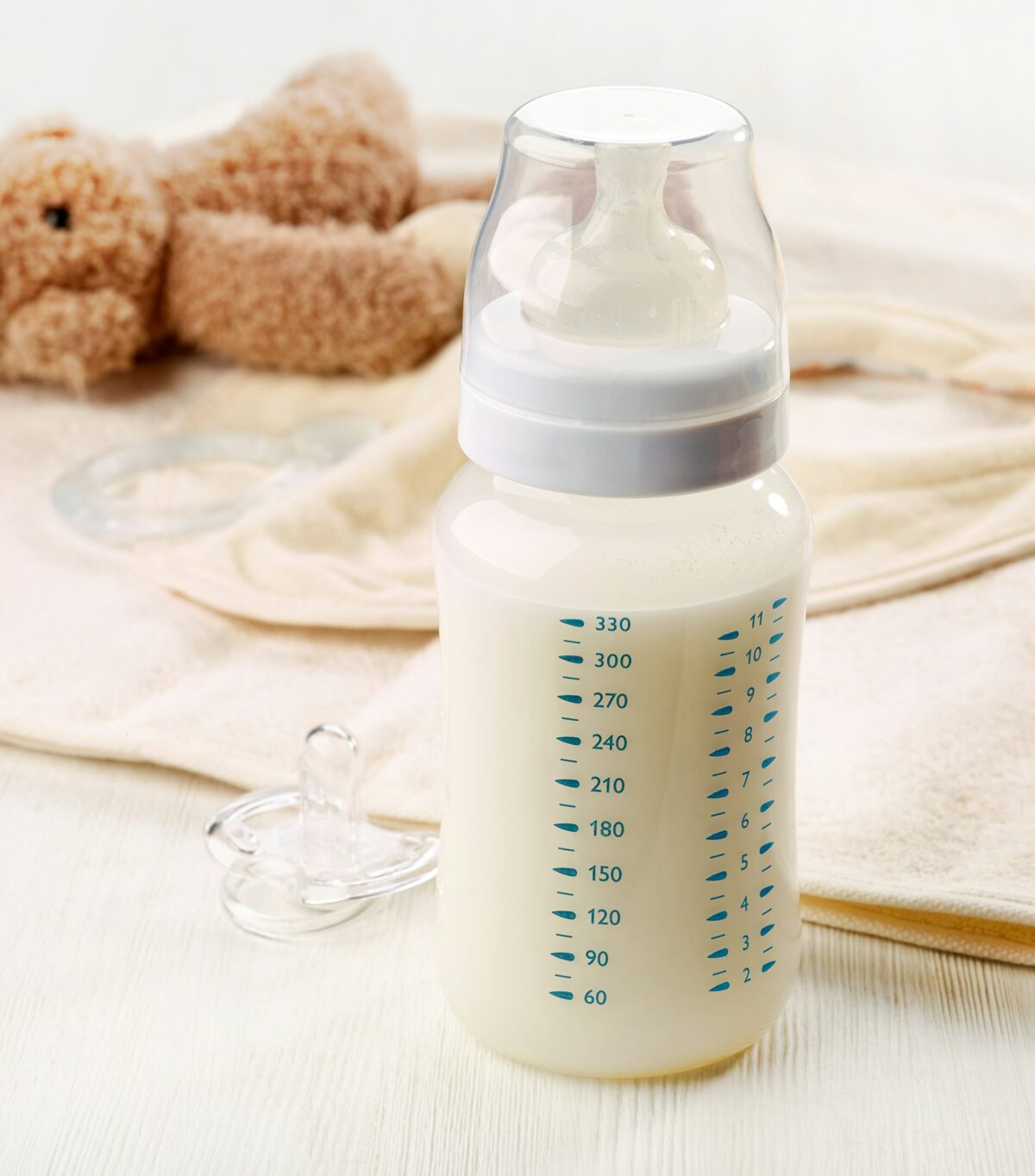Climate Change and Child Care: Essential FAQs for urgent threats
The interaction of climate change and child care can impact kids’ health. This FAQ covers essential actions child care providers can take to reduce the impacts of climate change on the kids in their care.








